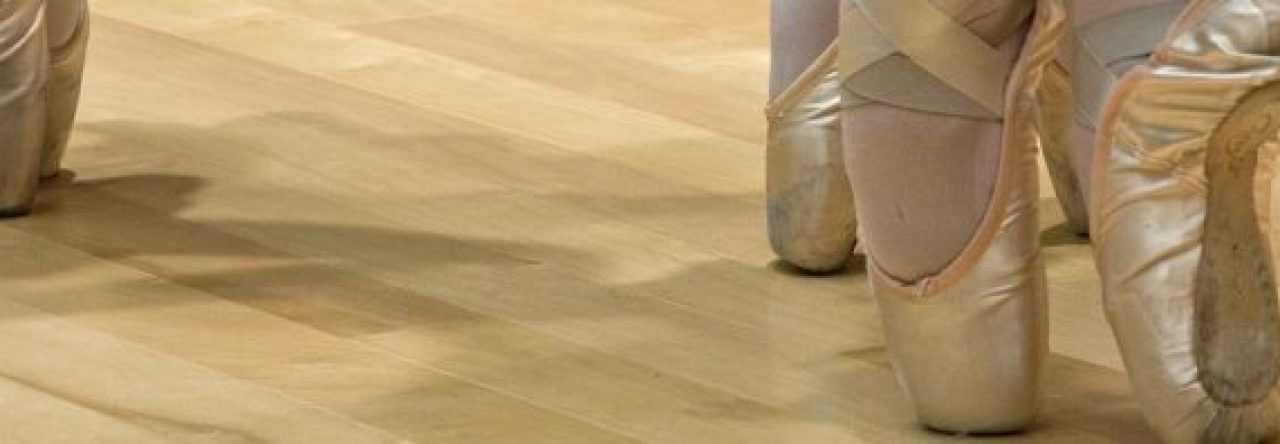
Everybody has high expectations for ballerinas. A ballerina must be pretty, she must be flexible, she must be thin, she must be powerful but dainty, energetic but reserved. These expectations are impressed by directors, audience members, choreographers, and the dancer herself. Despite their solid core, a ballerina can only balance so much before she falls. Girls that train in ballet start young, typically at age 2 or 3, from that moment on she is given a mold that she must fit if she ever hopes to become a professional ballerina one day. The lessons that young girls take away from ballet are typically ones of negativity and harshness; they are taught that they need to be perfect, that if they are not thin or naturally gifted with arched feet or flexible hips they are automatically less than perfect and that they need to find a way to fix or compensate for it immediately. Such a mentality is incredibly dangerous to girls. The desire for a thin body can often lead to eating disorders or drug abuse to curb appetite. Girls that have flat feet but crave high arches submit themselves to archaic methods of feet stretching that can cause irreversible damage. Since flexibility is such a staple in dance, a girl not born with natural flexibility is more at risk for strains or sprains as they try to compensate for their genetics. There are many more examples just like this and they all stem from the concept that all ballerinas must fit this perfect image. In order to combat the plethora of problems in the ballet world, it is necessary to address the dangerous idea that a ballerina needs to extremely thin. If the community accepts this concept, then habits such as extreme dieting or cocaine use become unnecessary.
